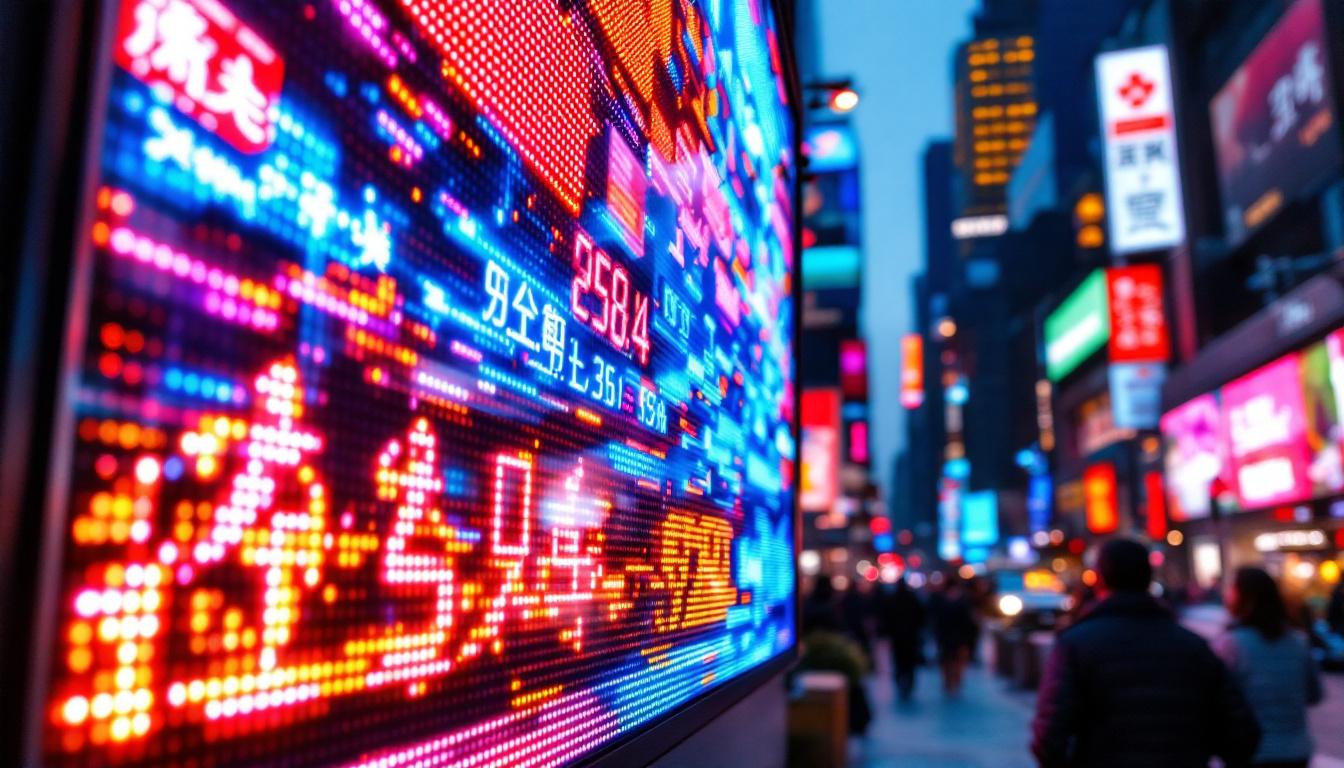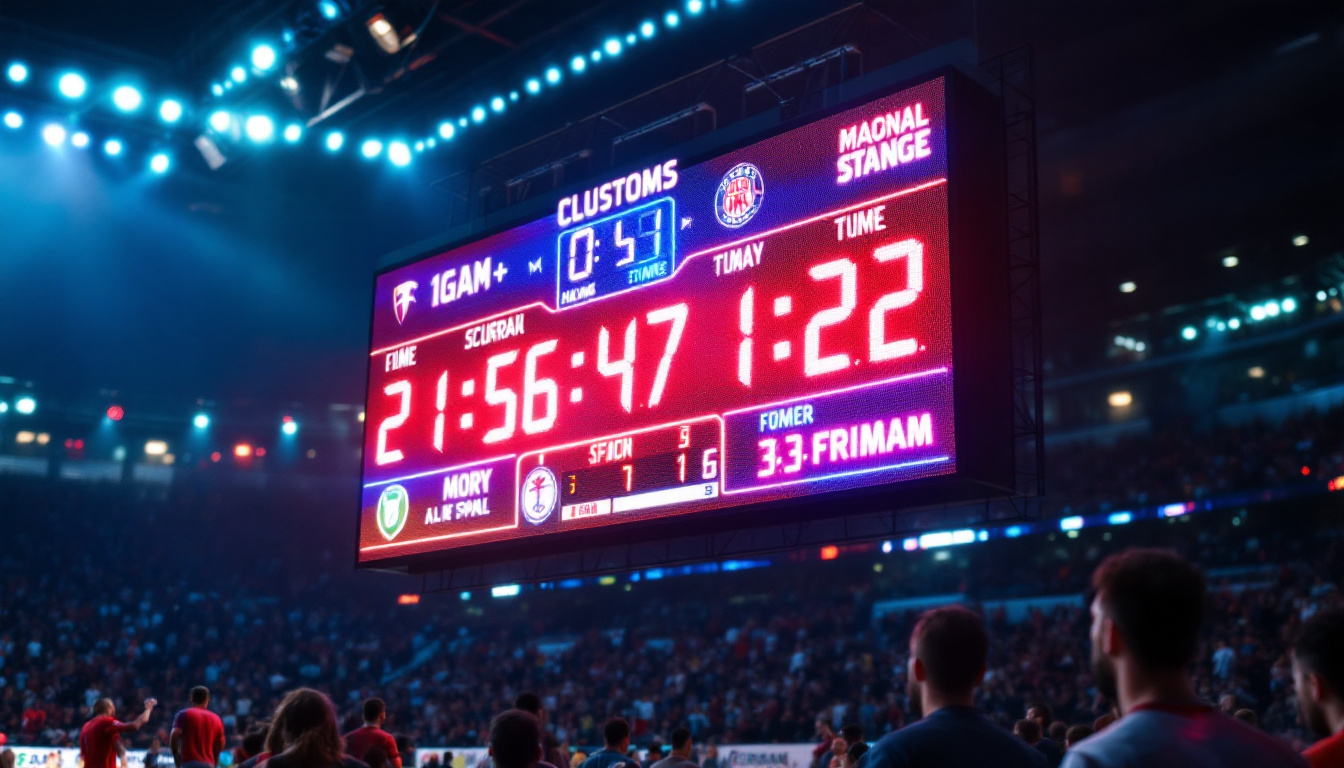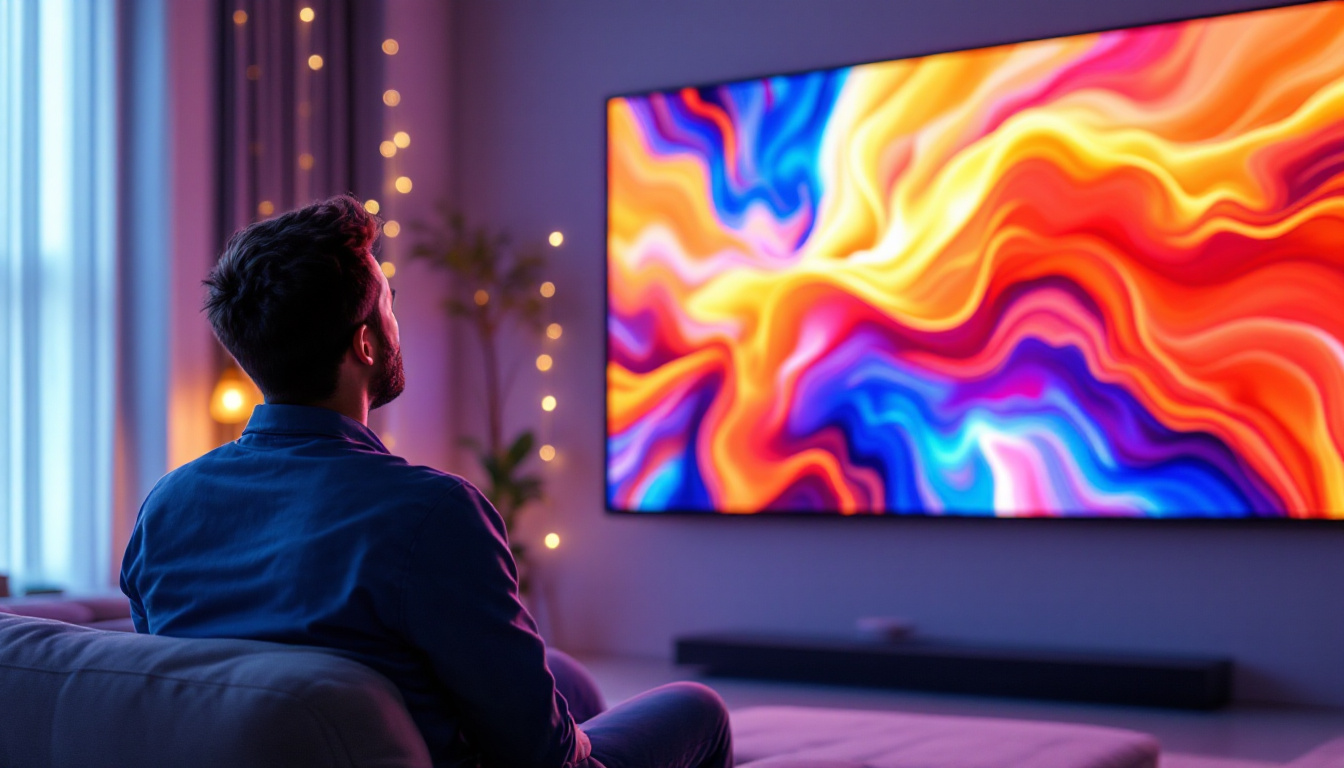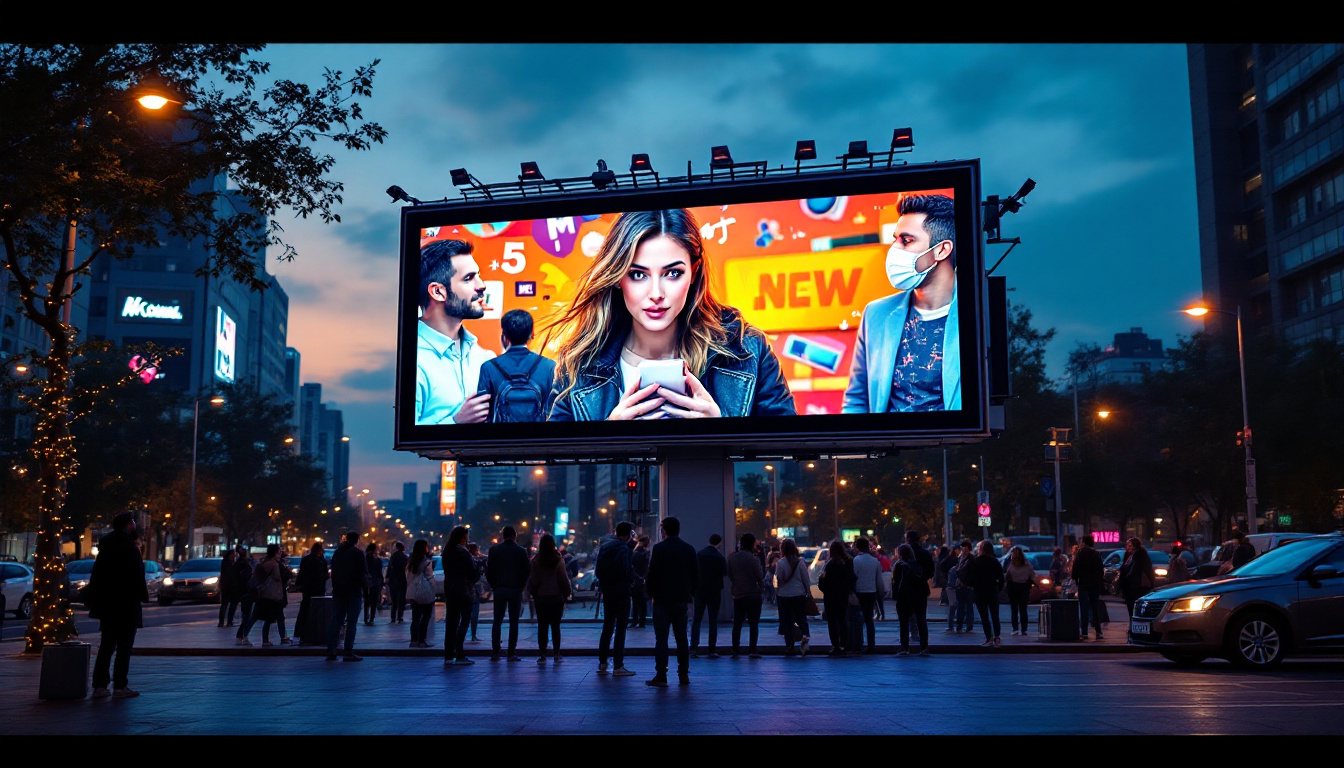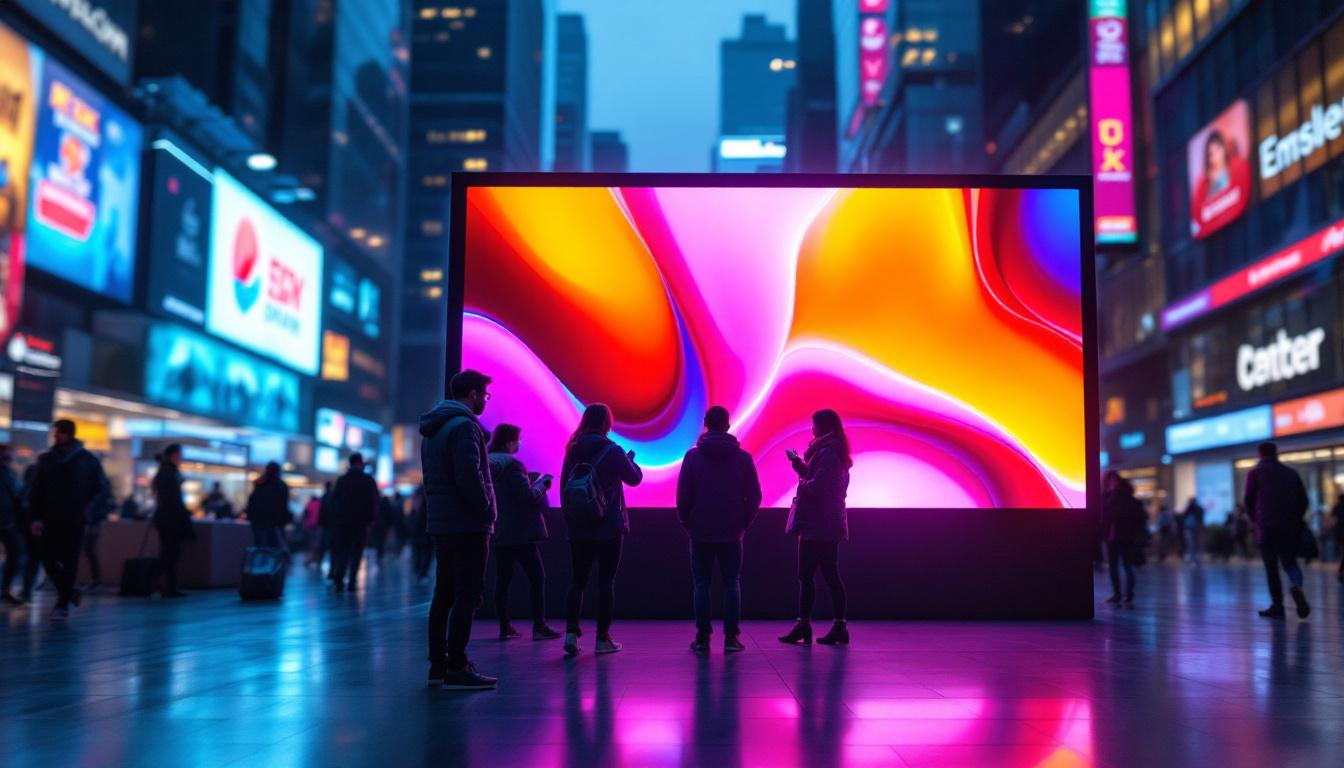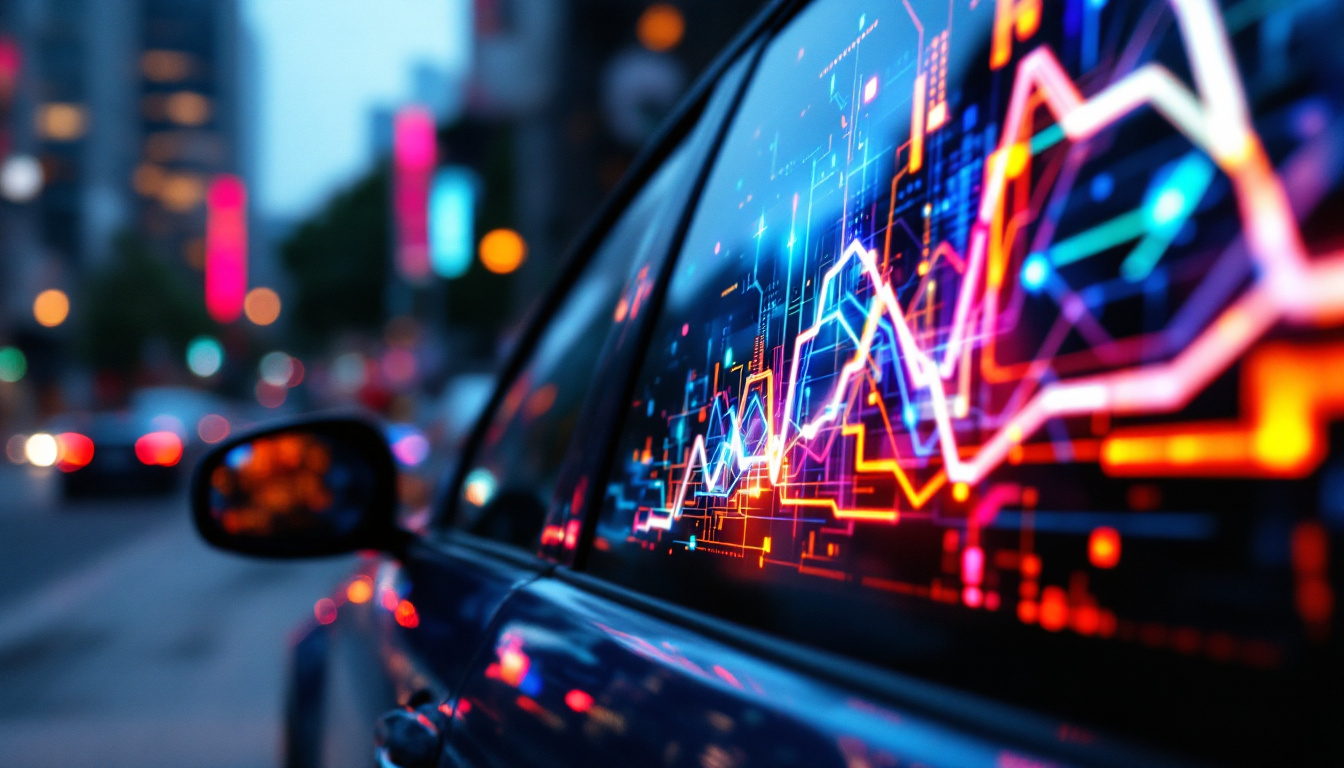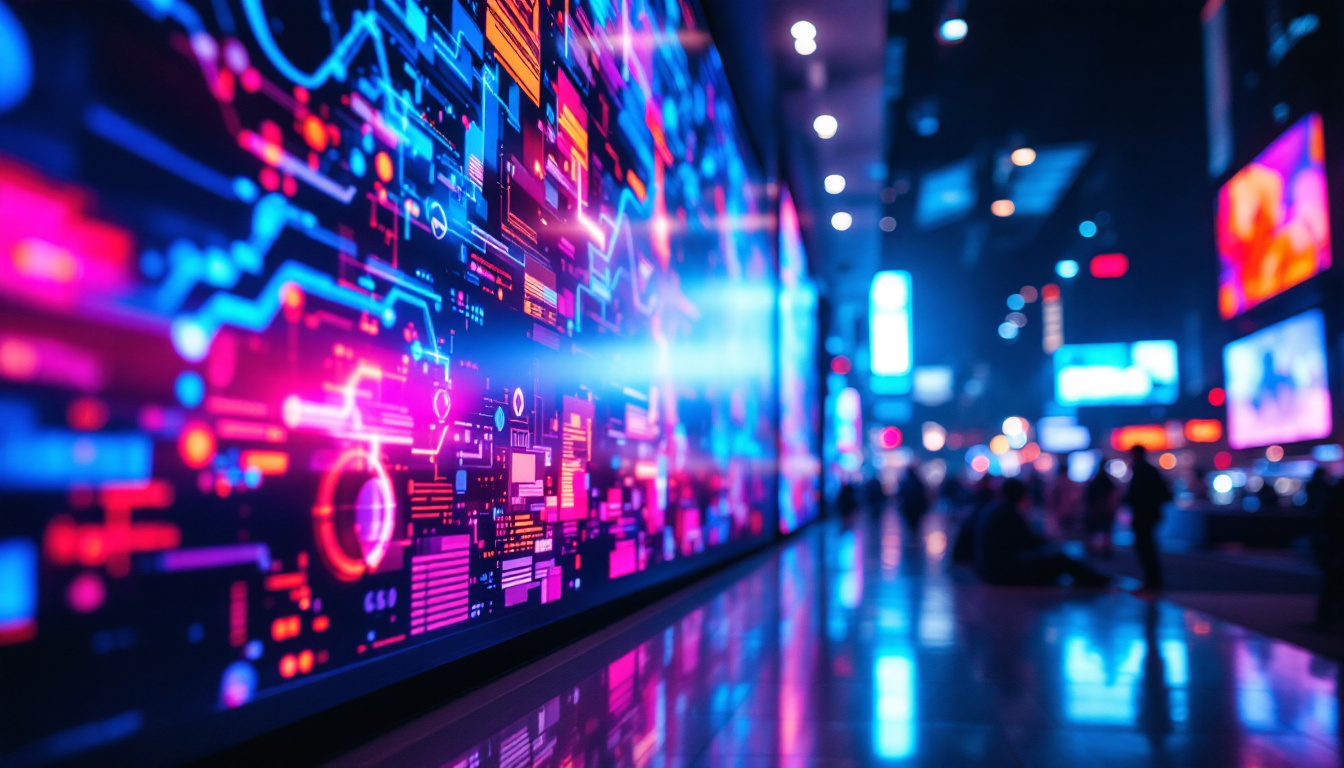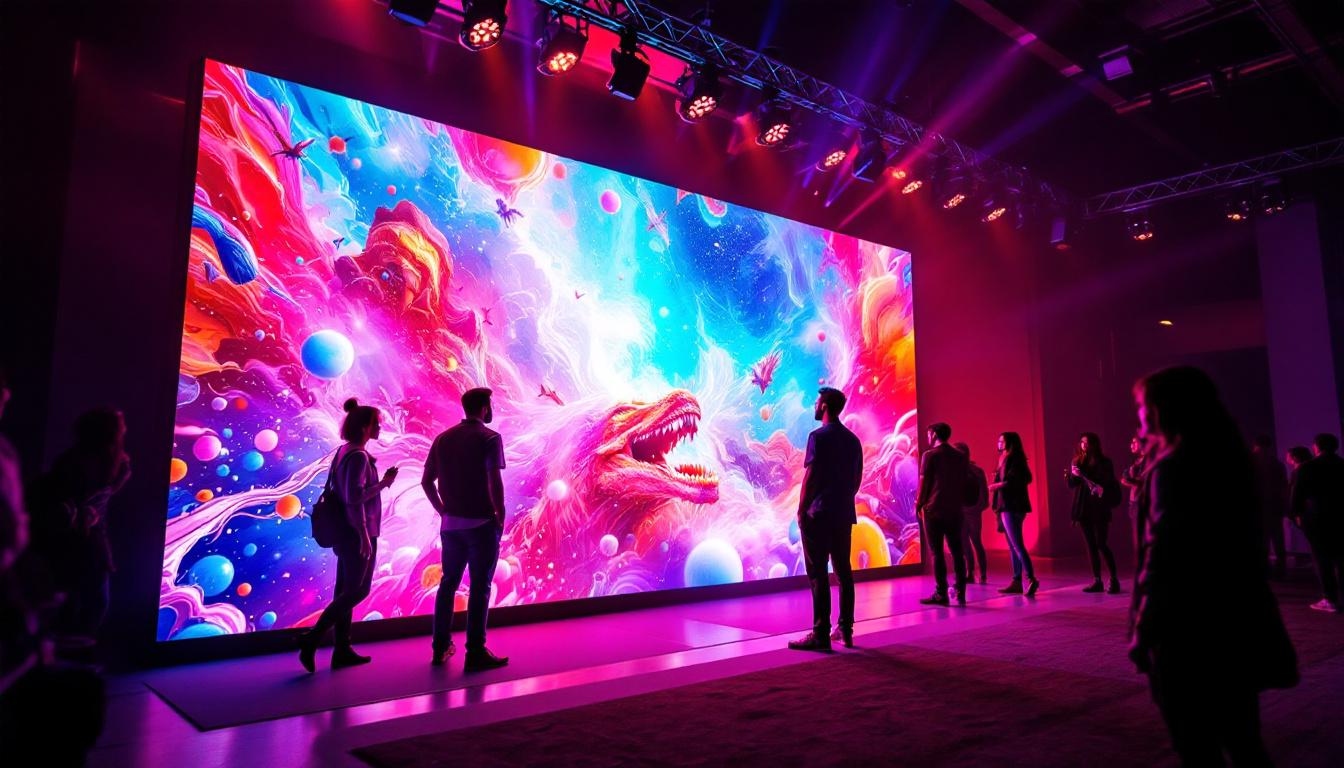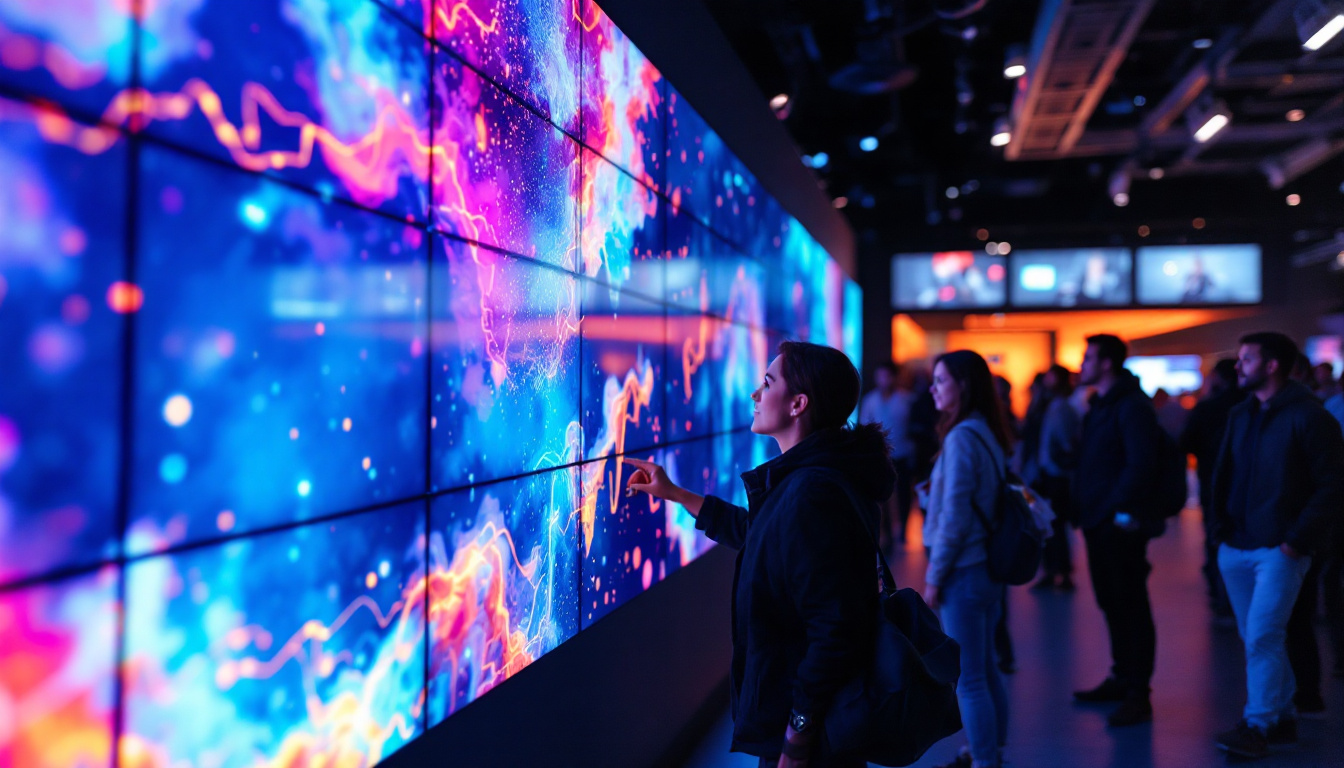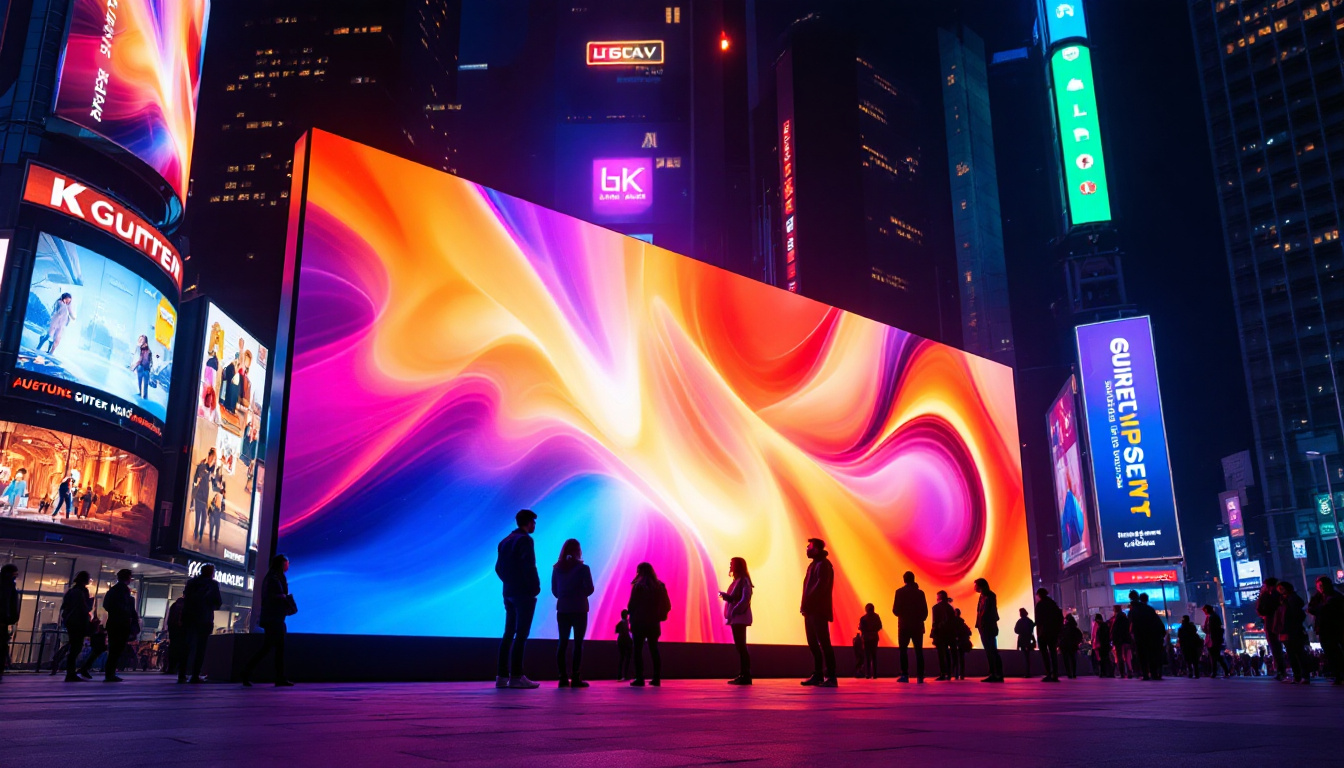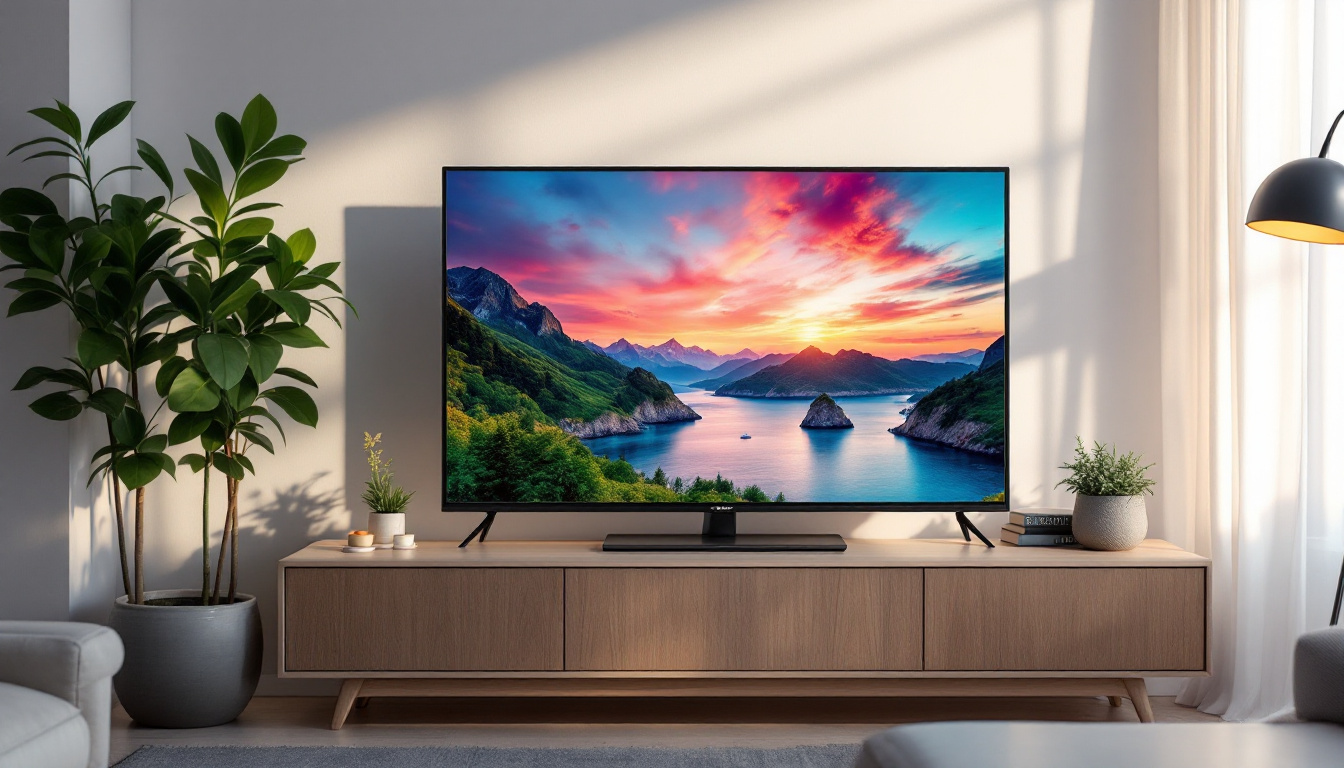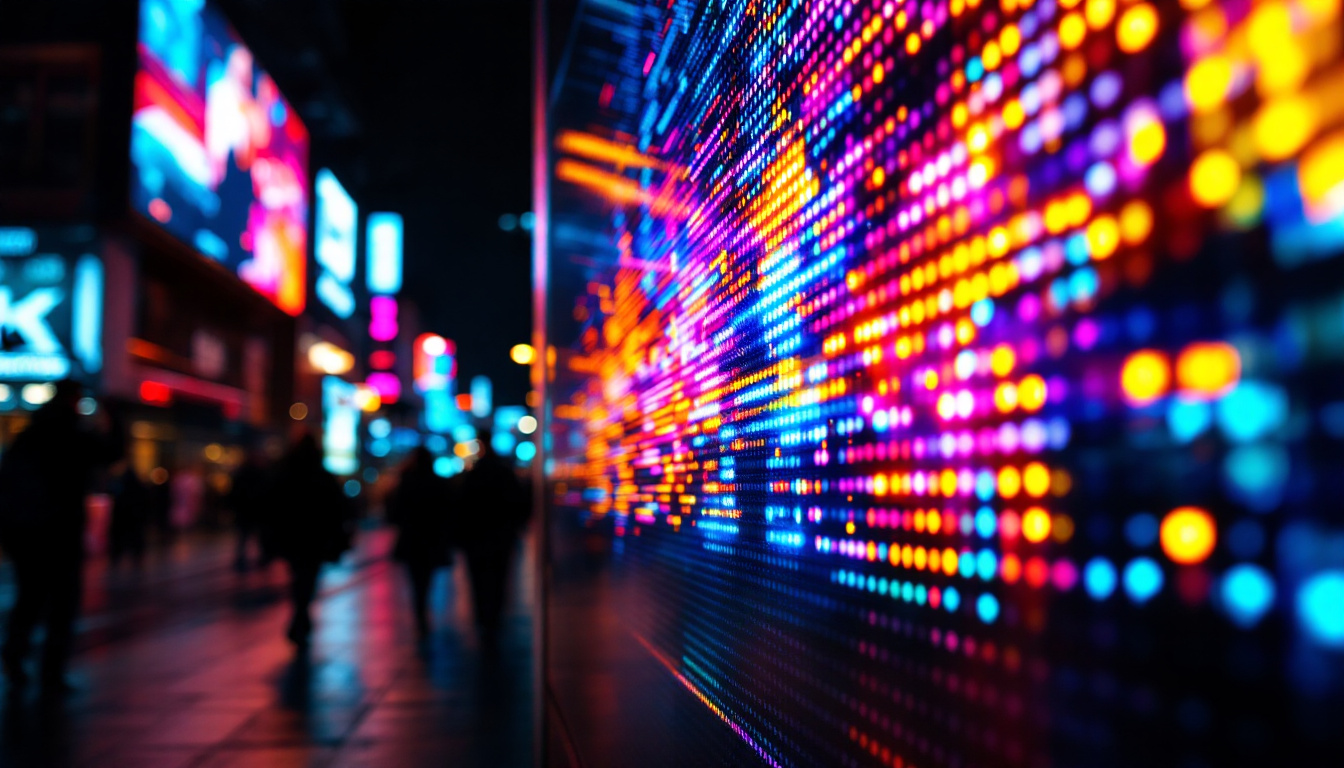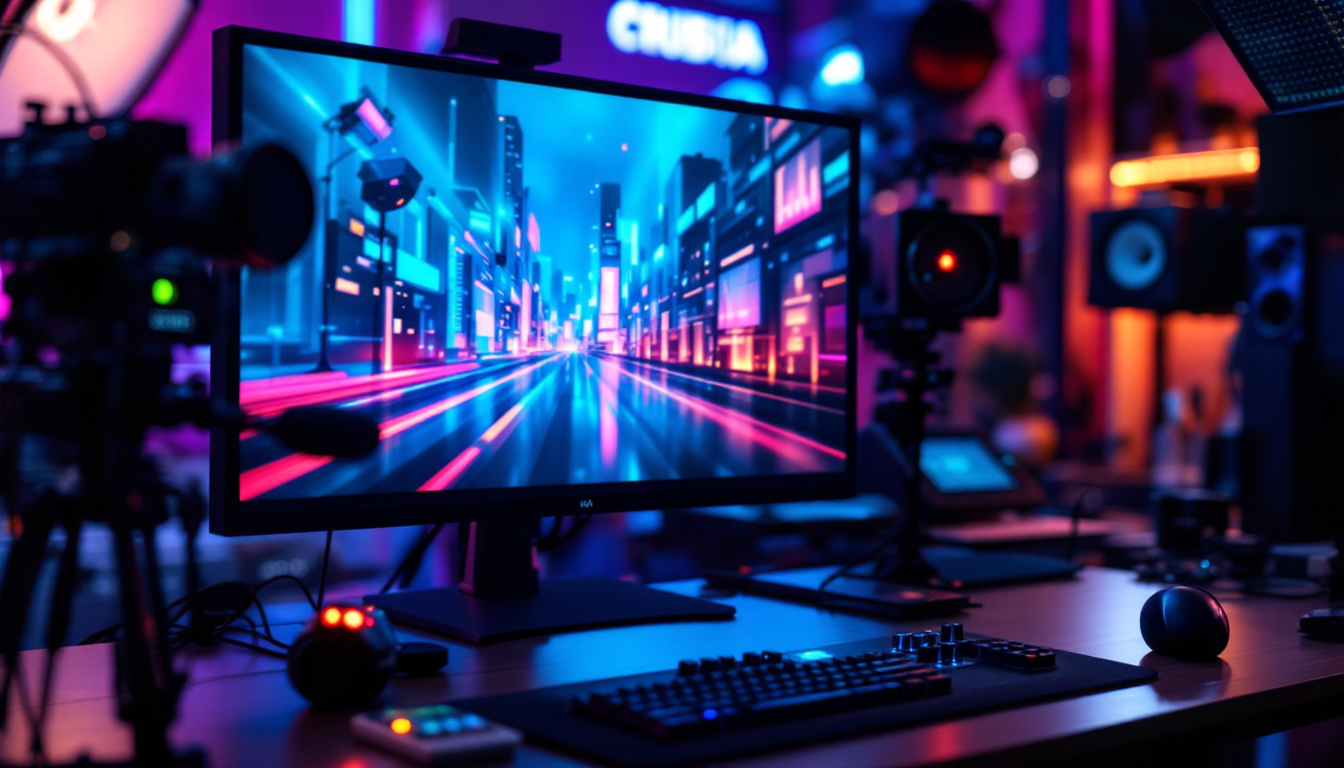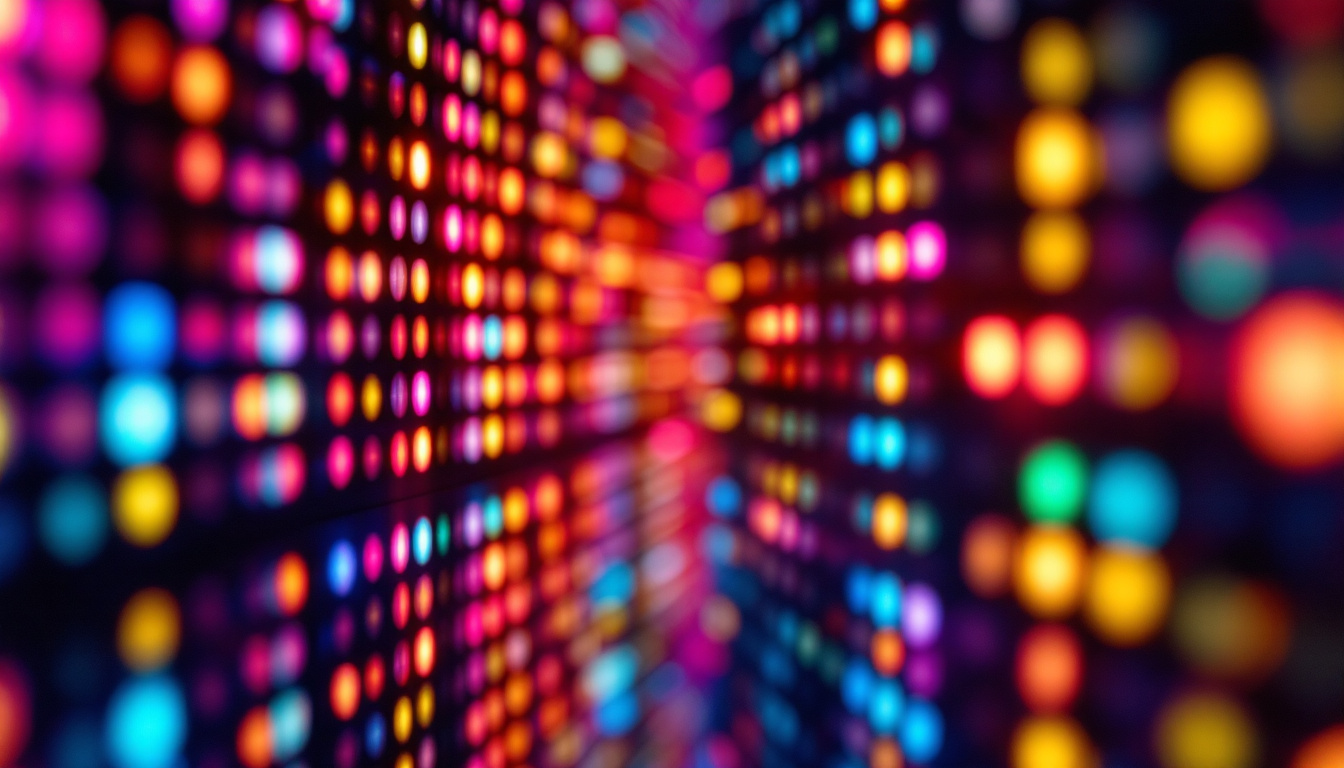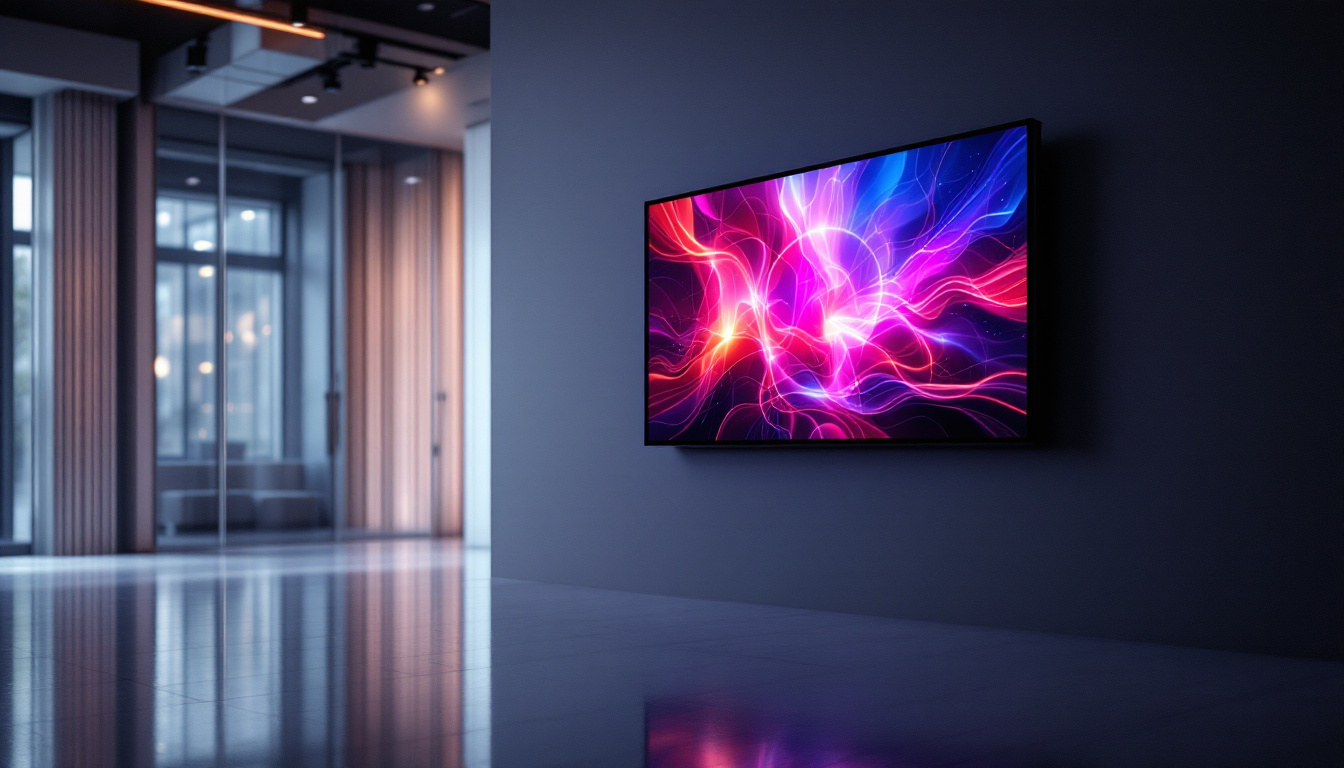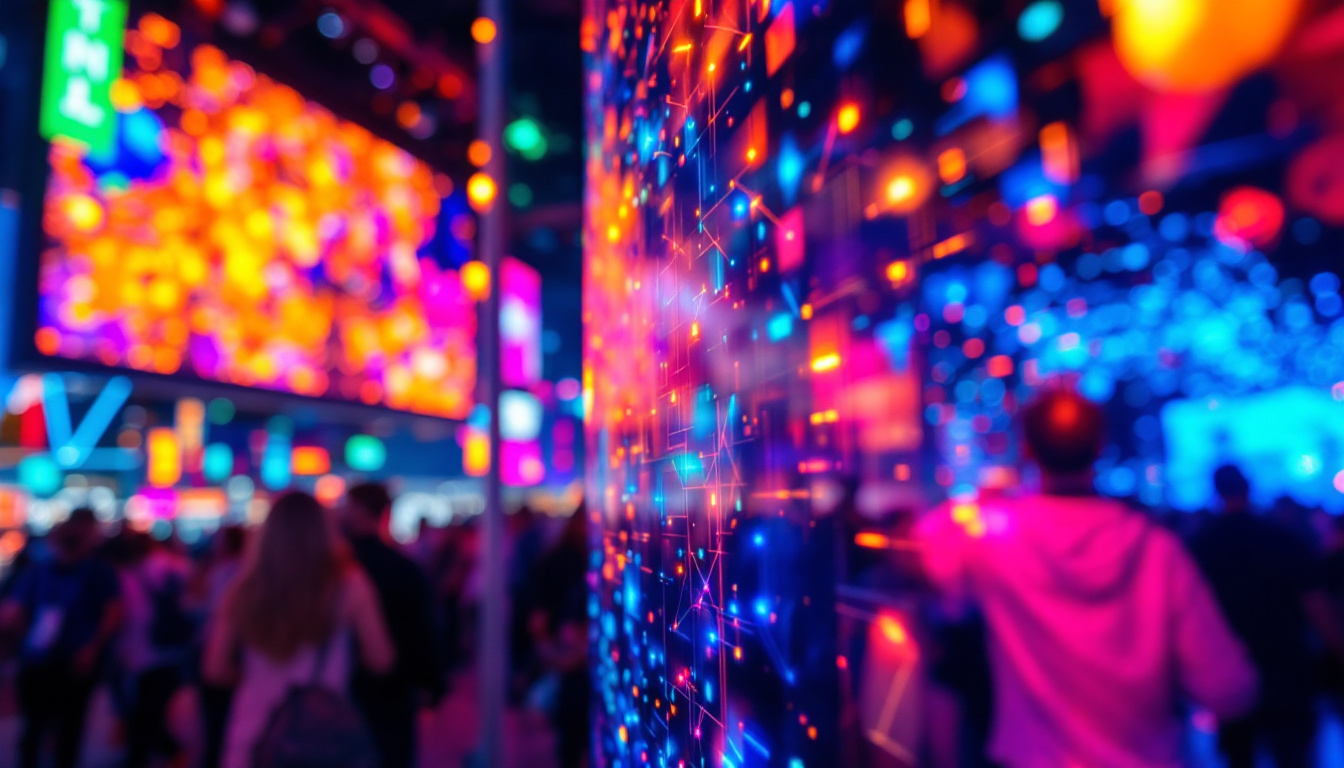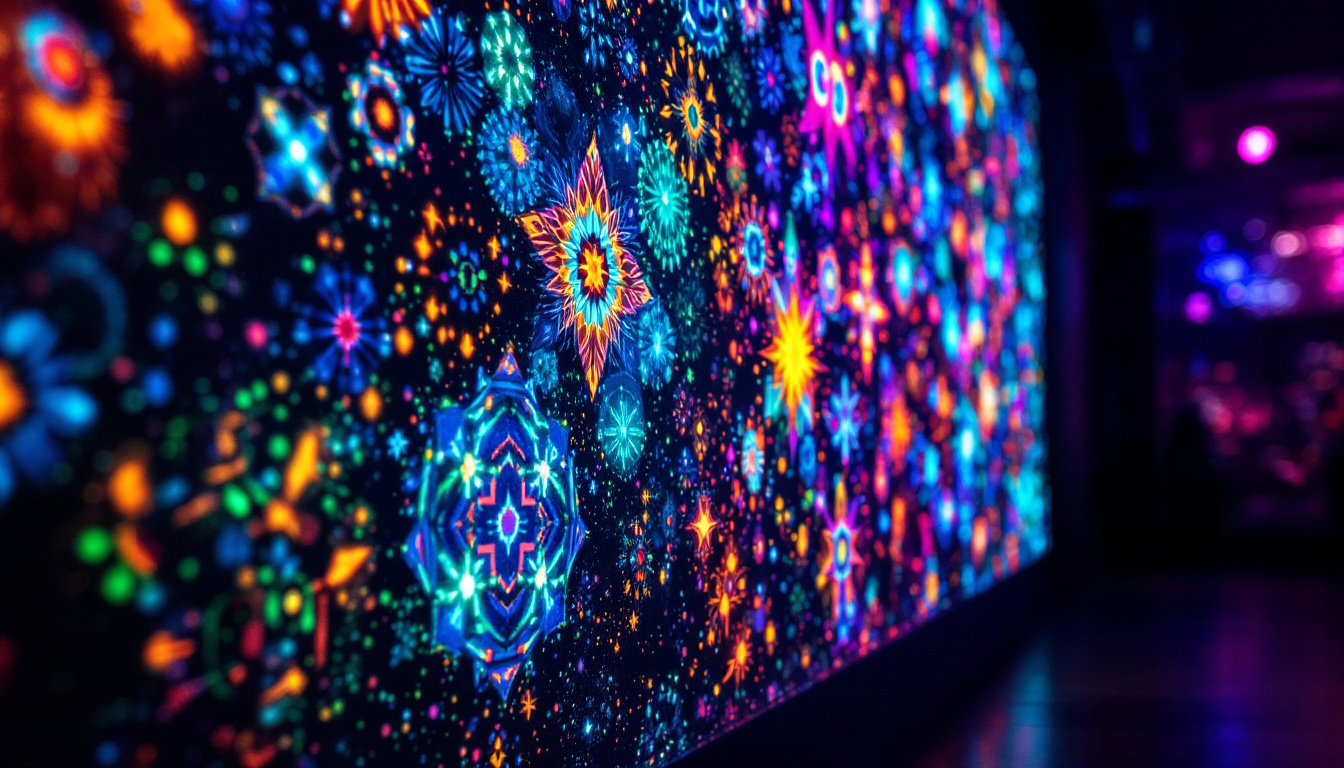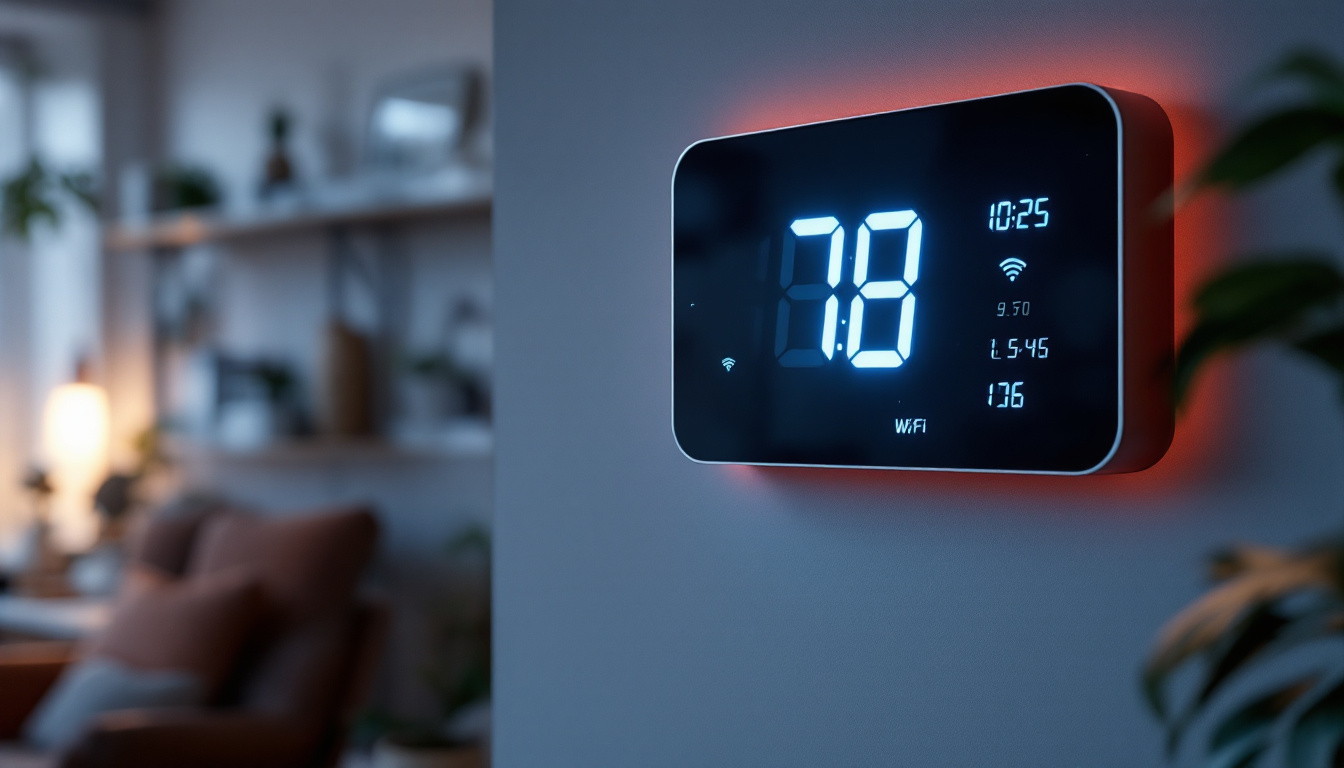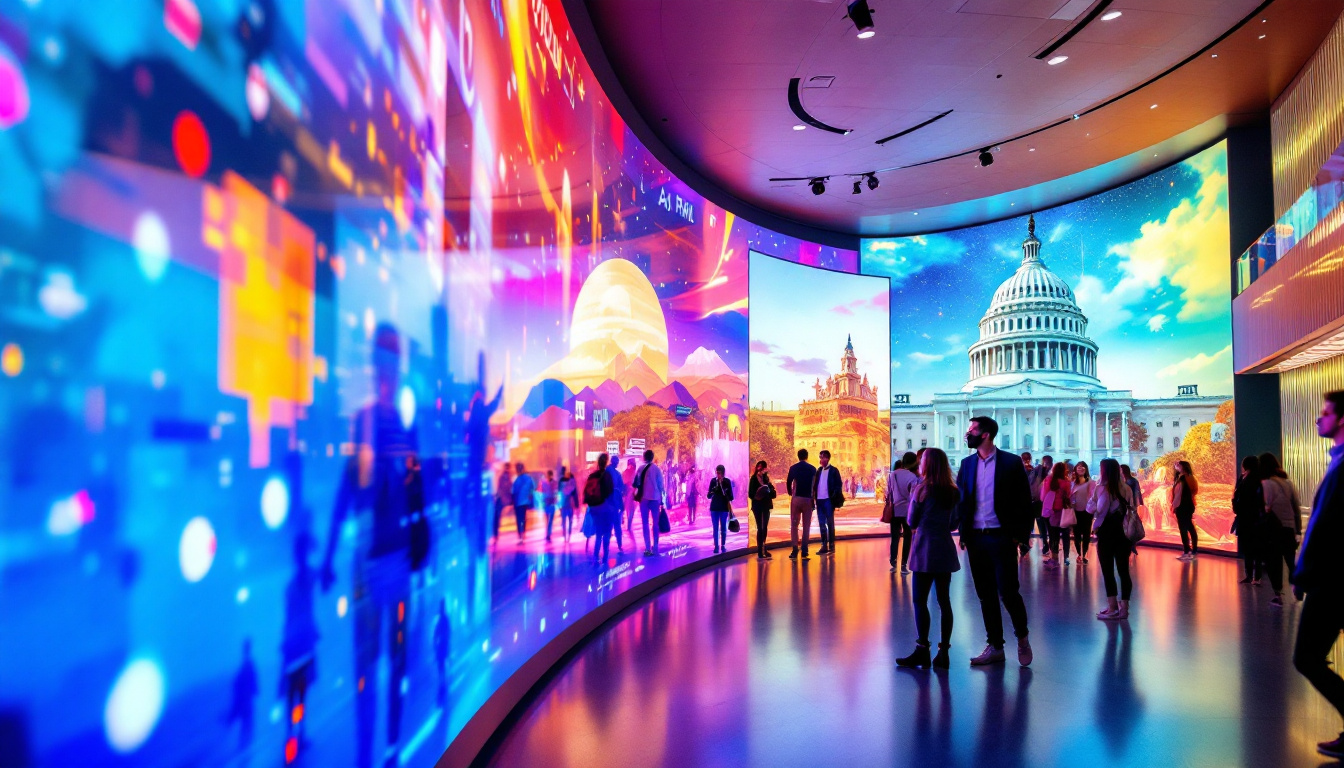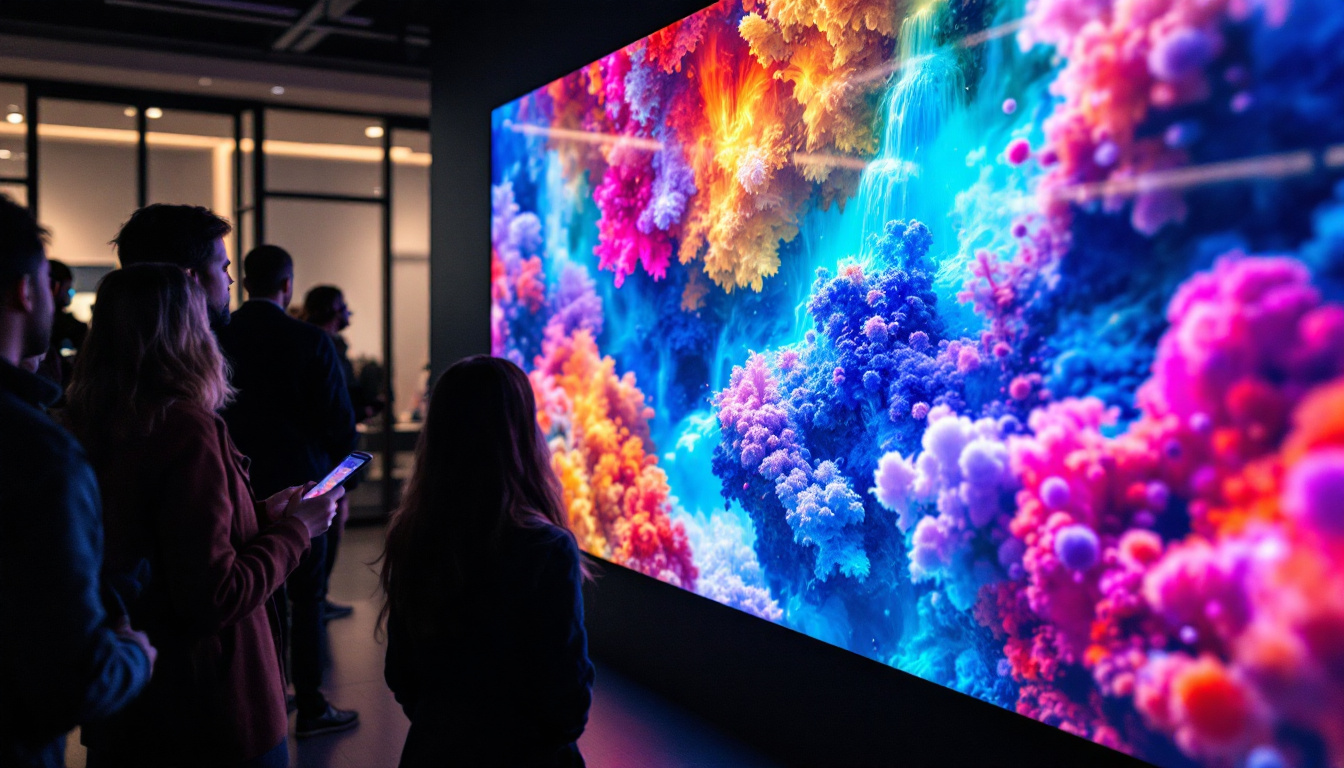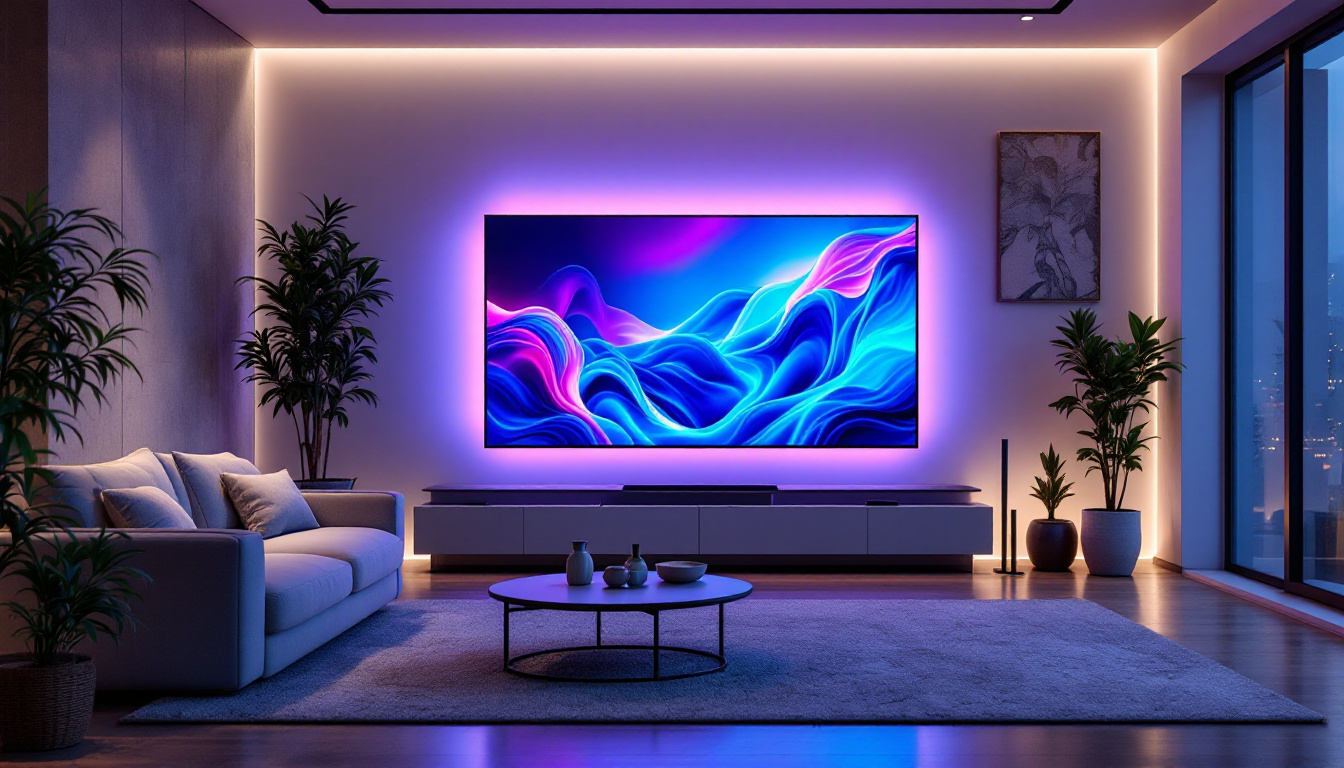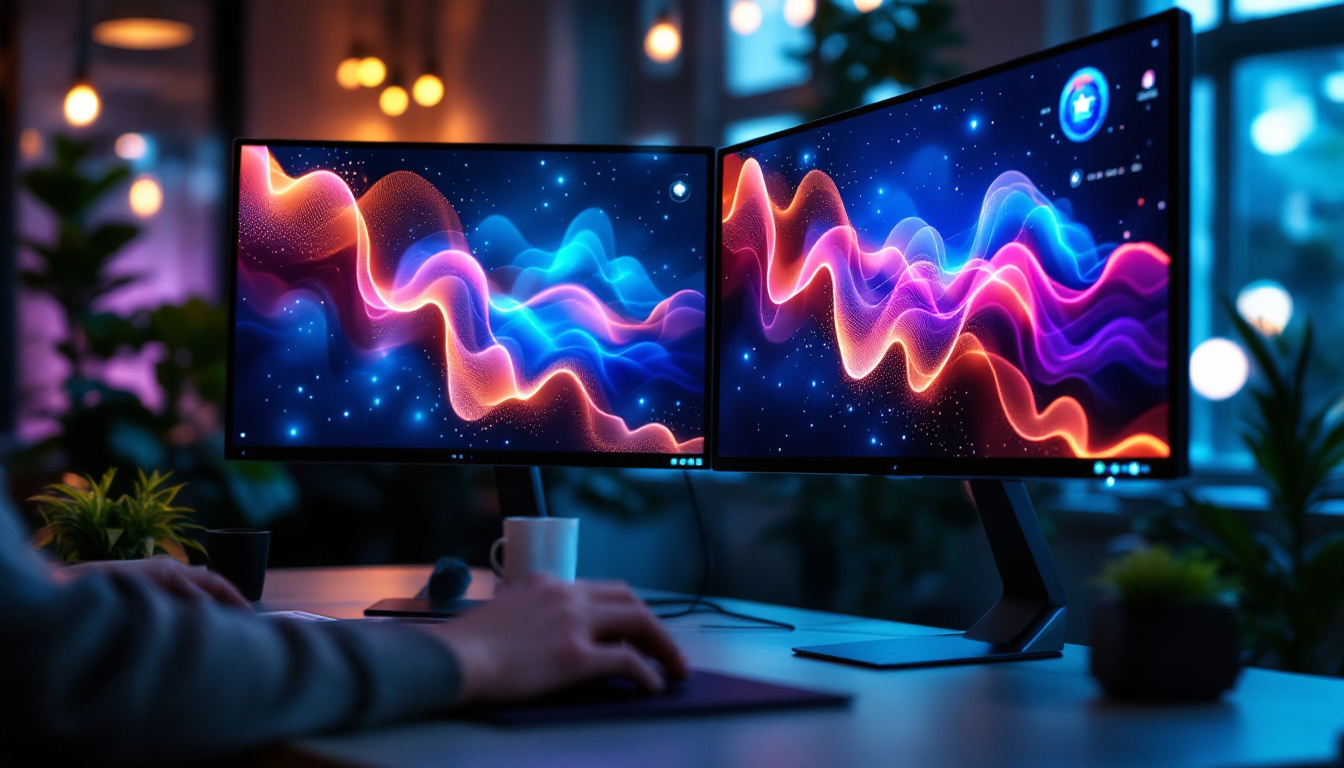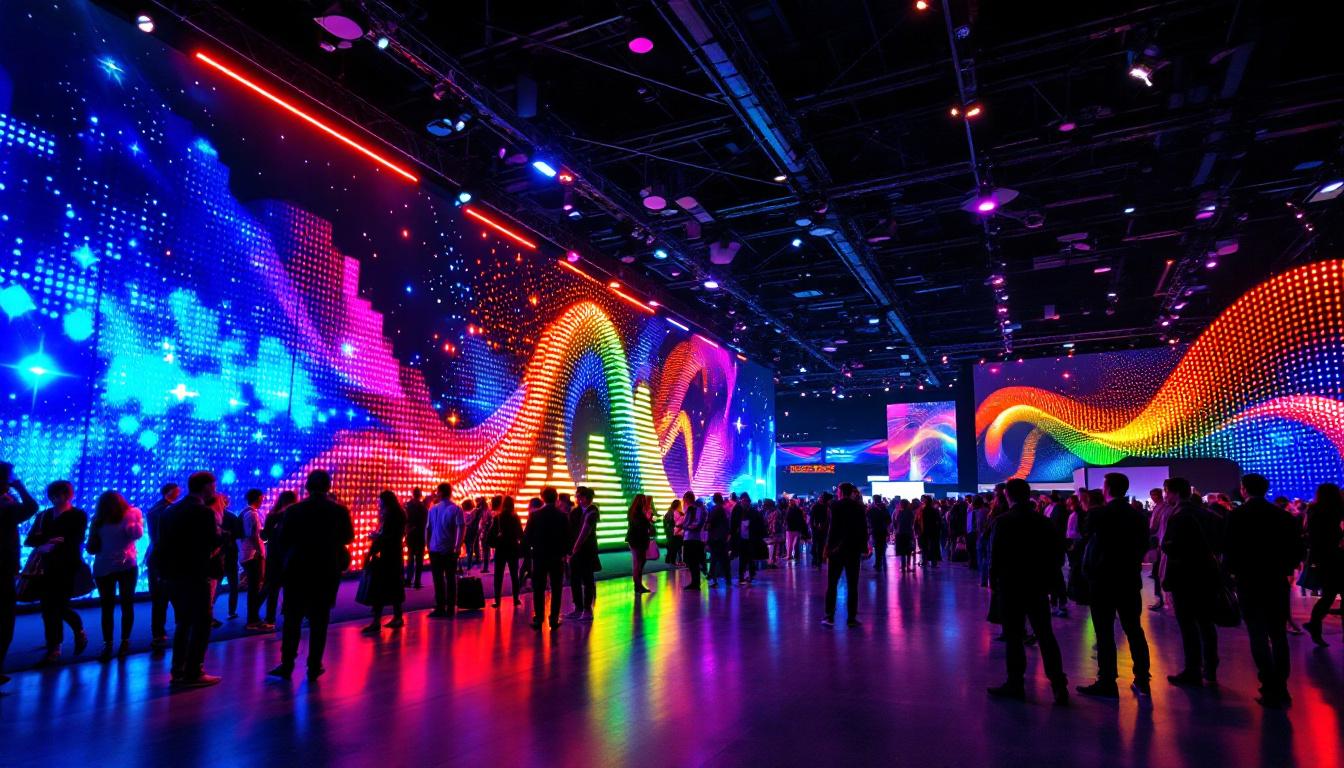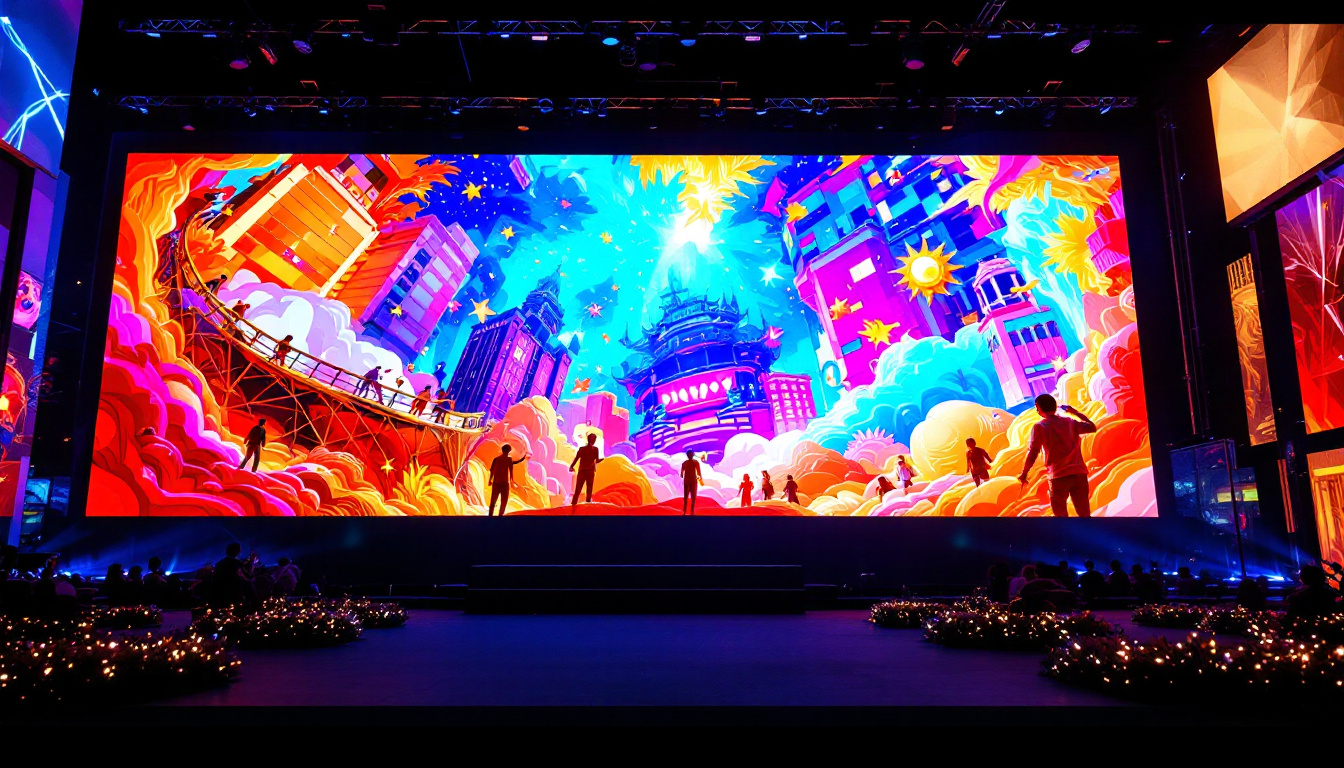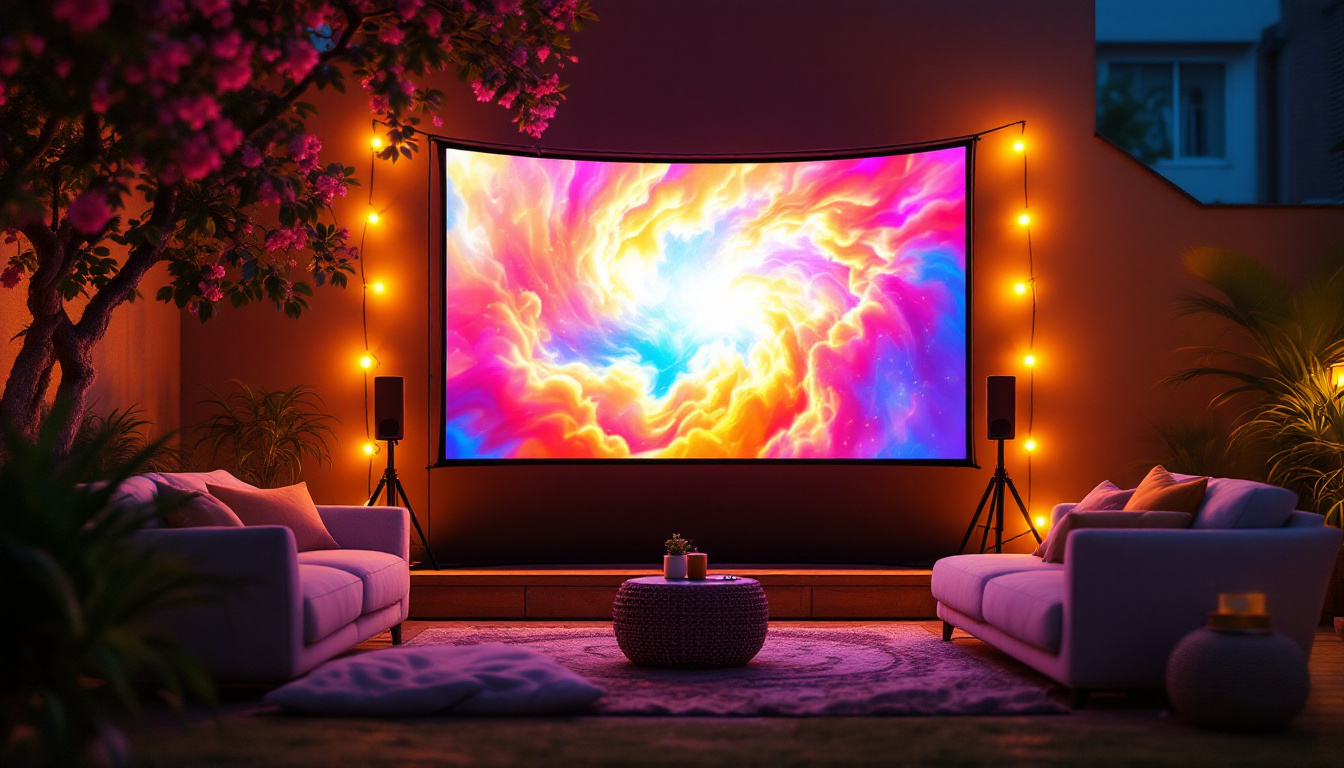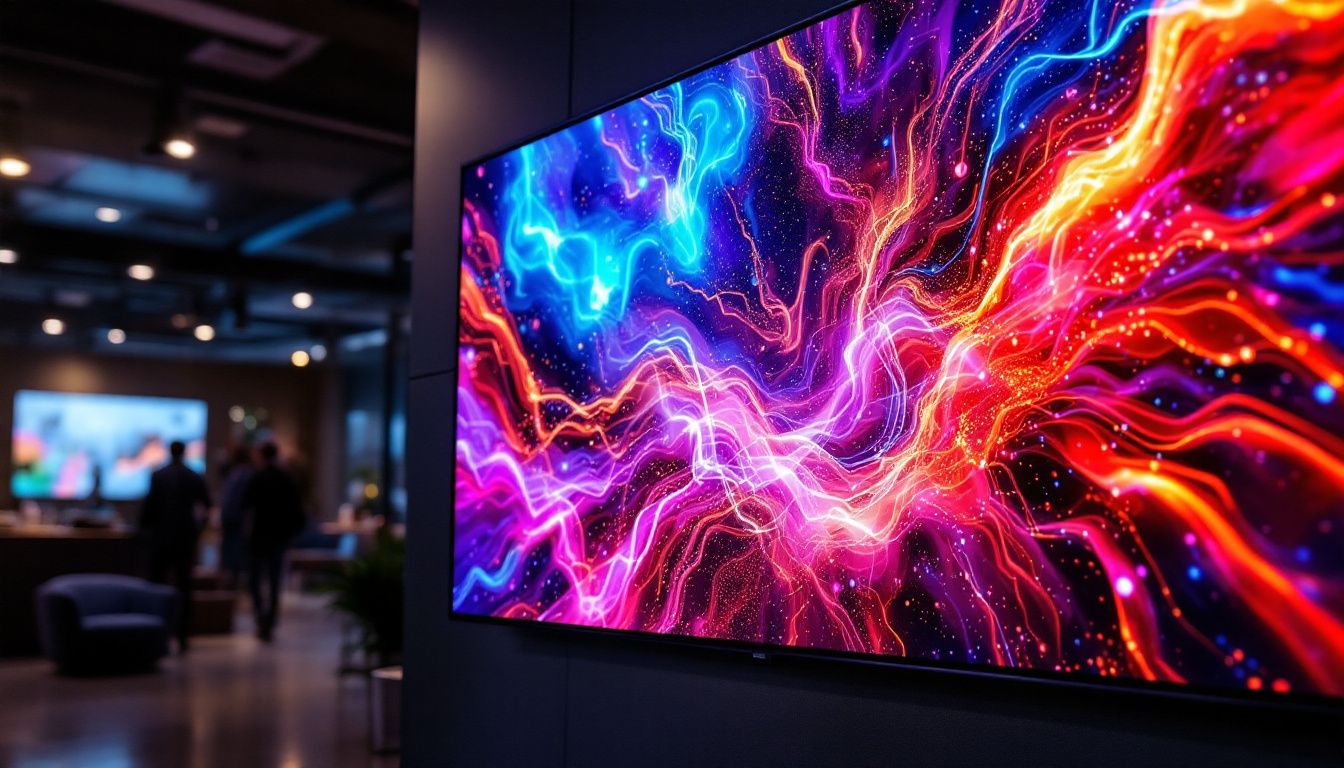In the world of visual technology, LED displays have emerged as a dominant force, transforming the way information and entertainment are presented. Whether in concert venues, corporate settings, or public spaces, LED displays offer vibrant colors, high resolution, and versatility. This article delves into the intricacies of LED displays, exploring their technology, applications, and the future of this innovative medium.
Understanding LED Technology
LED, or Light Emitting Diode, technology has revolutionized the display industry. Unlike traditional display technologies, LEDs emit light when an electric current passes through them. This fundamental difference allows for brighter displays with lower energy consumption. The efficiency of LEDs not only reduces electricity bills but also contributes to a lower carbon footprint, making them an environmentally friendly choice for consumers and businesses alike.
The Basics of LED Displays
LED displays are composed of numerous tiny diodes that work together to create images. Each pixel in an LED display is made up of red, green, and blue (RGB) diodes, which combine to produce a wide range of colors. The arrangement and density of these pixels determine the display’s resolution and image quality. With advancements in technology, manufacturers are now able to create ultra-high-definition (UHD) displays that boast pixel densities so high that individual pixels are virtually indistinguishable to the naked eye, offering an immersive viewing experience.
One of the standout features of LED displays is their ability to produce high brightness levels, making them ideal for both indoor and outdoor applications. Outdoor LED displays, for instance, can reach brightness levels of up to 10,000 nits, ensuring visibility even in direct sunlight. This capability is crucial for advertising and public information displays, where clarity and visibility can significantly impact engagement and communication effectiveness. Additionally, LED technology has evolved to include features such as dynamic brightness adjustment, which optimizes display performance based on ambient light conditions.
Types of LED Displays
LED displays can be categorized into several types, each suited for specific applications. The most common types include:
- Direct View LED: These displays use individual LEDs to form images and are often used in large-scale outdoor advertising. Their modular nature allows for flexible sizing and shapes, making them a favorite for creative installations.
- LED Video Walls: Composed of multiple LED panels, these walls are ideal for events, concerts, and corporate presentations. The seamless integration of panels enables a continuous visual experience, captivating audiences with stunning visuals.
- OLED Displays: A variation of LED technology, OLED (Organic LED) offers superior contrast and color accuracy, making it popular for high-end televisions and mobile devices. The flexibility of OLED panels also allows for innovative designs, such as curved and foldable screens, which enhance user interaction.
Each type of LED display has its unique advantages, catering to different needs and environments. For instance, while Direct View LEDs excel in outdoor settings due to their high brightness and durability, OLED displays shine in indoor environments where color fidelity and contrast are paramount. Furthermore, advancements in LED technology continue to emerge, such as MicroLEDs, which promise even greater efficiency and performance by employing microscopic LEDs to create vibrant displays with unparalleled image quality. This ongoing innovation ensures that LED technology remains at the forefront of the display industry, continually enhancing the way we experience visual content.
Applications of LED Displays
The versatility of LED displays has led to their adoption across various sectors. From entertainment to corporate environments, their applications are vast and varied.
Entertainment Industry
In the entertainment sector, LED displays are ubiquitous. Concerts and festivals utilize large LED screens to enhance the visual experience for audiences. These displays can showcase live video feeds, graphics, and animations, creating an immersive atmosphere.
Moreover, LED technology has transformed the way sports events are broadcasted. Stadiums are equipped with massive LED screens that provide instant replays, player statistics, and advertisements, ensuring fans are engaged throughout the event. The vibrant colors and high definition of these screens not only captivate the audience but also allow for interactive experiences, such as voting for the ‘Player of the Game’ through mobile apps, which can be displayed in real-time on the screens.
Furthermore, in the realm of cinema, LED displays are making waves with their ability to produce stunning visuals that enhance storytelling. The use of LED walls in film production allows for dynamic backgrounds that can change instantly, providing filmmakers with unprecedented creative flexibility. This technology is particularly beneficial in virtual reality experiences, where the immersive quality of LED can transport viewers to fantastical worlds.
Corporate and Commercial Use
In the corporate world, LED displays serve as powerful communication tools. Businesses use them for presentations, digital signage, and advertising. The ability to update content in real-time allows companies to respond quickly to market changes or promotional opportunities.
Digital signage powered by LED technology can be found in retail environments, enhancing customer experiences by displaying dynamic content that attracts attention. This adaptability makes LED displays a valuable asset for marketing strategies. Retailers can use these screens to showcase promotional videos, highlight new products, or even run interactive campaigns that engage customers directly, encouraging them to participate and share their experiences on social media.
Moreover, LED displays are increasingly being utilized in corporate lobbies and conference rooms, where they serve not only as informational tools but also as a reflection of the company’s brand identity. Customizable displays can showcase company achievements, upcoming events, or even live social media feeds, creating a modern and engaging atmosphere for both employees and visitors.
Public Spaces and Transportation
LED displays are increasingly common in public spaces, including airports, train stations, and shopping malls. They provide essential information, such as flight schedules and wayfinding, in a visually appealing manner. The clarity and brightness of LED displays ensure that information is easily readable from a distance.
Additionally, LED technology is being integrated into smart city initiatives, where displays can provide real-time updates on traffic, weather, and local events, fostering a more connected urban environment. These displays can also serve as platforms for public service announcements, promoting community events or safety information, thereby enhancing civic engagement.
In urban areas, LED displays are being creatively used in art installations, transforming public spaces into vibrant galleries. Artists are leveraging the dynamic capabilities of LED technology to create interactive pieces that respond to viewer movements or environmental changes, encouraging community interaction and making art accessible to a broader audience. This innovative use of LED displays not only beautifies the urban landscape but also sparks conversations and connections among residents and visitors alike.
Benefits of LED Displays
The advantages of using LED displays extend beyond their visual appeal. Several key benefits make them a preferred choice for many applications.
Energy Efficiency
One of the most significant benefits of LED technology is its energy efficiency. LED displays consume considerably less power compared to traditional display technologies, such as LCD or projection systems. This not only reduces operational costs but also contributes to environmental sustainability.
Longevity and Durability
LED displays are known for their longevity. With a lifespan of up to 100,000 hours, they outlast many other display technologies. This durability makes them suitable for both temporary and permanent installations, reducing the need for frequent replacements.
Moreover, LED displays are resistant to shock and vibration, making them ideal for outdoor environments where they may be exposed to the elements.
High-Quality Visuals
LED displays deliver exceptional image quality, characterized by vibrant colors, high contrast ratios, and sharp resolution. This quality is particularly important in applications where visual impact is crucial, such as advertising and live events.
Furthermore, advancements in LED technology, such as HDR (High Dynamic Range) and 4K resolution, continue to enhance the viewing experience, providing even more lifelike images.
Challenges and Considerations
While LED displays offer numerous benefits, there are also challenges and considerations to keep in mind when implementing this technology.
Initial Investment Costs
The initial cost of purchasing and installing LED displays can be significant. Although prices have decreased over the years, high-quality displays still represent a considerable investment. Organizations must weigh this upfront cost against the long-term savings associated with energy efficiency and reduced maintenance.
Technical Expertise
Installing and maintaining LED displays requires a certain level of technical expertise. Organizations may need to invest in training for staff or hire specialized technicians to ensure proper setup and ongoing maintenance. This can add to the overall cost of ownership.
Content Management
Effective content management is crucial for maximizing the impact of LED displays. Organizations must develop a strategy for creating and updating content regularly to keep it fresh and engaging. This requires resources and planning, as stale or outdated content can diminish the effectiveness of the display.
The Future of LED Displays
The future of LED displays looks promising, with ongoing advancements in technology and design. As the demand for high-quality visual experiences continues to grow, several trends are emerging.
Integration with Augmented and Virtual Reality
As augmented reality (AR) and virtual reality (VR) technologies gain traction, LED displays are likely to play a significant role in their development. The combination of LED displays with AR and VR can create immersive environments that enhance user experiences in gaming, training, and education.
Increased Customization and Flexibility
Future LED displays will likely offer increased customization options, allowing users to tailor size, shape, and functionality to meet specific needs. Flexible LED panels that can be curved or shaped into unique configurations are already emerging, paving the way for innovative installations.
Sustainability Initiatives
As sustainability becomes a priority for many organizations, the LED display industry is also focusing on eco-friendly practices. This includes the development of recyclable materials and energy-efficient manufacturing processes. The goal is to create displays that not only perform well but also have a minimal environmental impact.
Conclusion
LED displays have transformed the landscape of visual communication, offering unparalleled brightness, energy efficiency, and versatility. Their applications span across various sectors, from entertainment to corporate environments, enhancing how information is conveyed and experienced.
While challenges exist, such as initial costs and the need for technical expertise, the benefits of LED displays far outweigh these concerns. As technology continues to advance, the future of LED displays promises even more exciting possibilities, paving the way for innovative and sustainable visual solutions.
In an increasingly visual world, LED displays are not just a trend; they are a vital component of modern communication and engagement strategies. Embracing this technology will undoubtedly lead to enhanced experiences for audiences and users alike.
Discover LumenMatrix’s Innovative LED Solutions
Ready to elevate your visual experience with the latest in LED technology? Look no further than LumenMatrix, a pioneer in crafting LED display modules that bring your brand to life. From the immersive Indoor LED Wall Display to the dynamic Outdoor LED Wall Display, and from the mobile versatility of Vehicle LED Displays to the interactive Floor LED Displays, LumenMatrix offers a comprehensive range of solutions tailored to your needs. Embrace the future of visual communication with our Custom LED Displays, All-in-One LED Displays, and LED Transparent Displays. Check out LumenMatrix LED Display Solutions today and transform how you connect with your audience.


